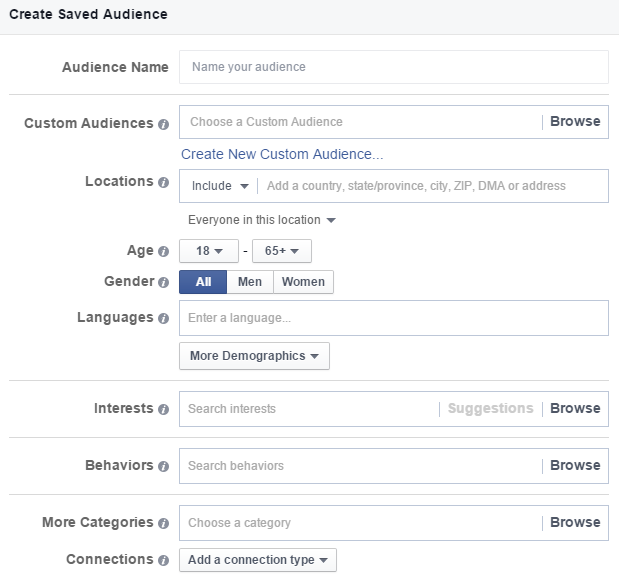When Facebook changed the platform’s algorithm to prioritize feeds from family and friends over business posts, many companies panicked. It soon became clear that the remedy was to supplement organic posts with paid ads to increase social media exposure.
Now that many firms have adopted this approach, you need to be sure that your social media ads employ the right strategies to compete effectively. Here are 7 tips on how you can improve the effectiveness of your law firm’s social media ads:
#1: Narrow focus for audience targeting.
You have different audiences that you must appeal to with highly targeted ad messages. For example, if you are a divorce lawyer, your clients will fall into several interest groups: divorce with children, divorce without children, child custody issues, modification of orders, etc. If you’re a PI attorney, you have auto accident clients, truck accident clients, bicycle accident clients, pedestrian accident clients, defective product clients, etc.
Facebook has hyper-focused targeting options you can use for each ad that speaks to these specific audiences. You can create Custom Audiences for each segment or create your own by uploading the email addresses and phone numbers of people from your client/prospect database:

Research shows that video is #1 by far in grabbing attention on social media, so it should be used for both your organic posts and for your ads. Video makes a greater impression than ads with static images and text, but your video ads must be relevant to the audience you are targeting to get noticed. When creating a video ad for social media, focus on telling a story rather than making a sales pitch. Answer one important question that is on the minds of the people you’re targeting. Include subtitles since most people watch videos without sound.
#3: Try other platforms.
Is your target audience using platforms other than Facebook or Instagram? Are your competitors enjoying success on some social media platforms you’ve never tried? Would your content play well there too? If so, now is the time to experiment with social media ads on other platforms. If you’ve never tried LinkedIn or Pinterest, repurpose some content from Facebook and see how it plays on these platforms. It’s an inexpensive way to discover a new way of reaching prospects.
#4: Improve your quality score.
You will pay more for fewer ad clicks if you have a low-quality score. Some of the factors that make up ad scoring include your ad’s CTR (click-through rate), the CTR on your landing page, relevance of keywords to ads, the relevance of keyword and ad to search query, geographic factors, presence of a unique landing page, landing page load time, and more. To improve your quality score, promote organic content that has already been proven to perform well.
#5: Blend remarketing with target audience segmentation.
Have you ever wondered how a website you visited keeps following you around when you’re on other sites? This is remarketing and by combining it with client segmentation, you can vastly improve your conversion rates at a low cost. Here are some examples:
Retarget website and blog visitors — you can specifically retarget visitors to certain pages of your website or a blog post to regain their attention on social media.
Retarget past clients — segment your client list and create a retargeting campaign for those you have not done business with for the past year.
Retarget prospects — retarget visitors to a specific landing page with another offer.
#6: Spend strategically.
Paying just for “likes” on Facebook is a waste of money. Before you invest in social media advertising, have your end goals in mind. If you want to drive people to a landing or blog page, then make sure you are using a cost-per-click (CPC) bidding strategy so you only pay when someone clicks on your ad. If you want conversions, choose a cost-per-acquisition (CPA) bidding strategy.
#7: Tailor content to the platform.
Not all content formats perform the same across every social media platform. For example, video performs better on Facebook but may not do as well on other sites. When you are creating content for a specific platform, be sure you understand what works best there. Take some of your top-performing posts and repurpose them using the content format that works best on each platform you’re using.
Want more good information and guidance on marketing your law firm in 2020? Then you need to attend a Rainmaker Retreat! Click below to learn more about what we’re teaching and how attorneys like you can benefit from our 2-day law firm marketing boot camp.



